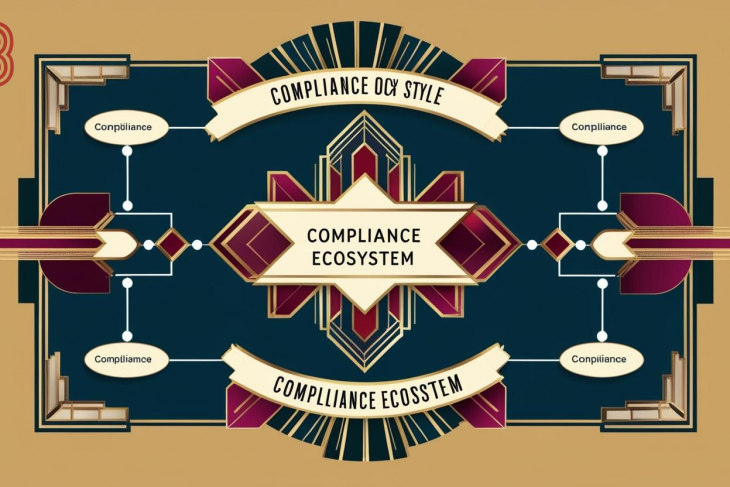
Cyber hacking and cyberjacking are two distinct forms of cybercrime, each with unique characteristics and methods.
Cyber hacking involves unauthorized access to computer systems, networks, or devices. Hackers exploit vulnerabilities to gain control or steal sensitive data. This can include personal information, financial data, intellectual property, or classified information. Cyber hacking methods include phishing, malware, exploiting software vulnerabilities, and brute-force attacks. The primary motives behind hacking can range from financial gain, political or social activism (hacktivism), corporate espionage, to simply demonstrating technical prowess.
Cyberjacking, a term less commonly heard, specifically refers to hijacking control of a device or system for malicious purposes. One prevalent form of cyberjacking is “carjacking,” where hackers gain remote control of a vehicle’s systems. This can include disabling safety features, manipulating controls, or tracking the vehicle’s location. Similarly, cyberjacking can target smart devices (like IoT devices) or even entire networks. The intent behind cyberjacking is often more immediate and tangible than typical hacking, aiming to directly manipulate physical systems rather than just stealing data.
While both involve unauthorized access and control, cyber hacking primarily focuses on data theft and system breaches, whereas cyberjacking centers on hijacking and manipulating devices or systems for malicious activities. Understanding these distinctions helps in crafting targeted defenses against each type of threat, ensuring both digital and physical security.
WWW.BARETZKY.NET




















